The Roman Empire reached its peak in the 2nd century. At that time, the Empire's population was around 50 million, divided into 5 social groups
This is the social pyramid of Roman society under the Empire.
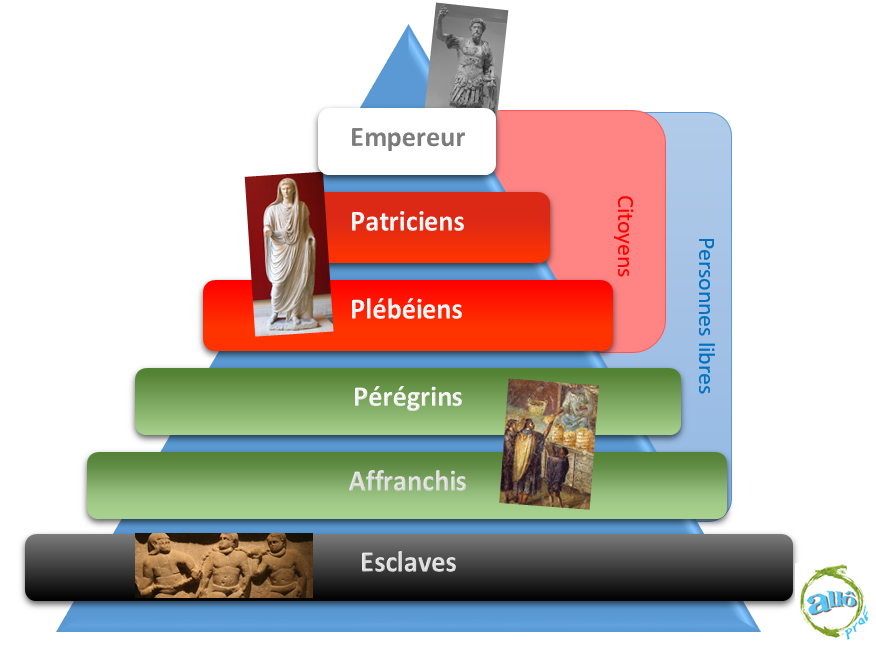
Image source: Emperor / Citizens / Peregrines / Slaves
Note : English image coming soon!
Only patricians and plebeians had the status of Roman citizen. Being a citizen brought privileges in Roman society, such as being able to take part in political life, use the services of the court of justice, own land and marry a citizen's daughter. In return, they had a duty to take part in censuses, pay income tax and perform military service.
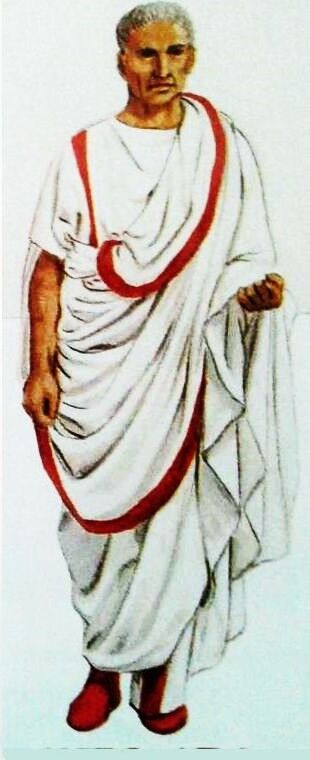
A patrician in the Roman Empire
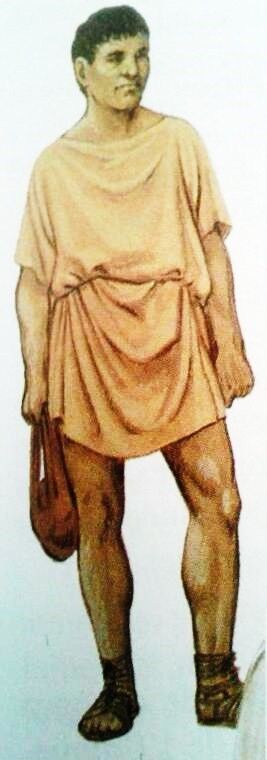
A plebeian in the Roman Empire
The patricians were the upper class of Roman society. This status was transmitted mainly by birth. They were mainly wealthy landowners and nobles. They wielded a great deal of power in Roman society, and some even had a degree of influence over the emperor.
The plebeians made up the majority of the Roman population. They were artisans, tradesmen and peasants. They were very numerous and shared the same rights as the patricians in terms of citizenship. However, plebeians did not have the same influence in society or the same amount of wealth.
Roman citizenship provided significant benefits during the Empire. It was very attractive for people to try and obtain the status of Roman citizen. Fortunately for the people of the Empire, membership of this particular group was possible. Here are the ways in which people could become Roman citizens:
- Serve 25 years in the Roman army.
- Wealthy people could buy their citizenship.
- The Emperor had the power to grant Roman citizenship to anyone he wished, from a single person to an entire nation.
|
|
Rights |
Duties |
|
Roman citizen |
|
|
Free people in the Roman Empire were all those who were not slaves. It was therefore possible to be a free person without being a citizen. Patricians and plebeians were the only inhabitants of the Empire who were citizens and free at the same time. Peregrines and freedmen are free, but not citizens.
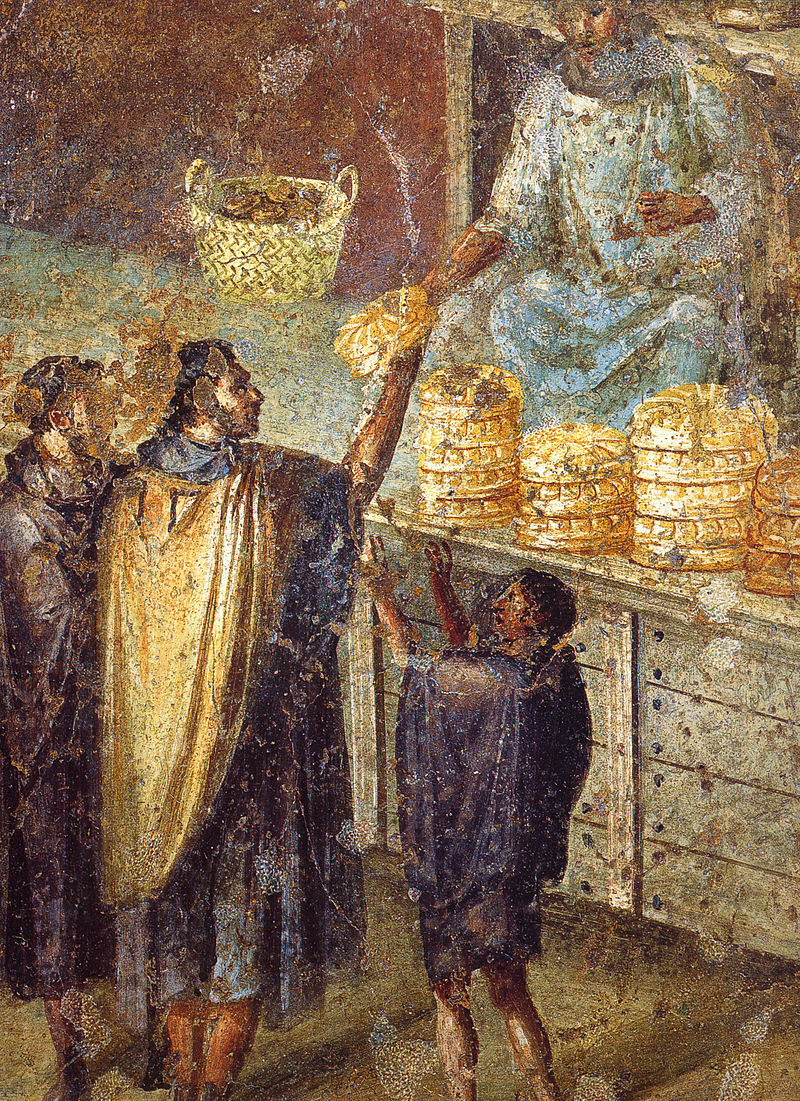
Peregrines (foreigners) at the market
Peregrines live in a province of the Empire that has been conquered by the Roman army. There are also peregrines in Rome; they have generally moved there to take advantage of the capital. This is why they are called ‘foreigners’, as they were not born Romans. They have to pay income tax and have no political rights.
Freedmen are former slaves who have been given their freedom by their master. They become a ‘client’ of their former master, to whom they still owe respect. They have rights similar to those of their former master, but cannot be elected. The freedmen's children are given complete freedom.
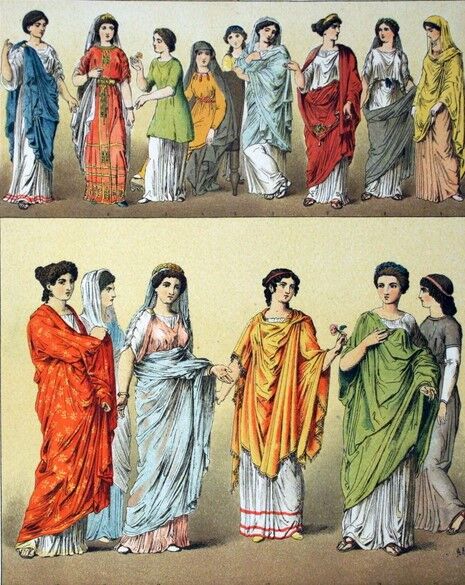
Roman women
In the Roman Empire, women belonged to their husbands' social classes. They had certain freedoms, but did not have the same rights as men. They were considered minors and had to remain under the guardianship of their fathers, and then their husbands.
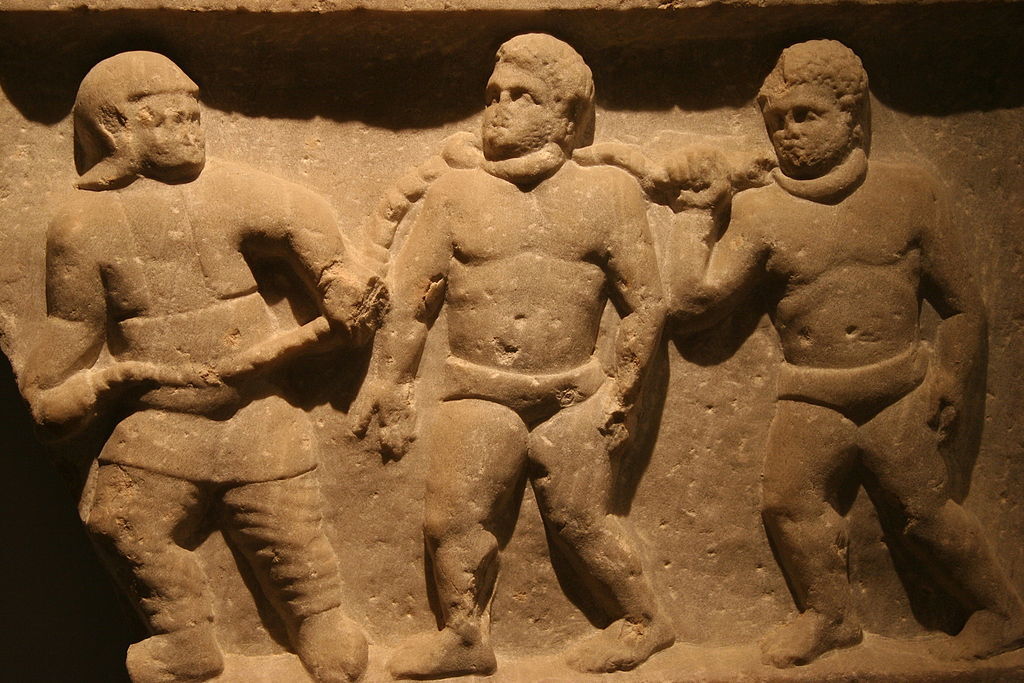
This engraving shows a Roman soldier moving two slaves
Slaves were the only inhabitants of the Empire who had no rights whatsoever. Most often, they were former soldiers captured during a defeat by the Roman army. As slaves, they became their master's property for the rest of their lives. Their tasks were varied: they could work on the farm, maintain a house, become gladiators, and so on. Some slaves are lucky enough to be freed by their master. This is the only way for a slave to regain his freedom.